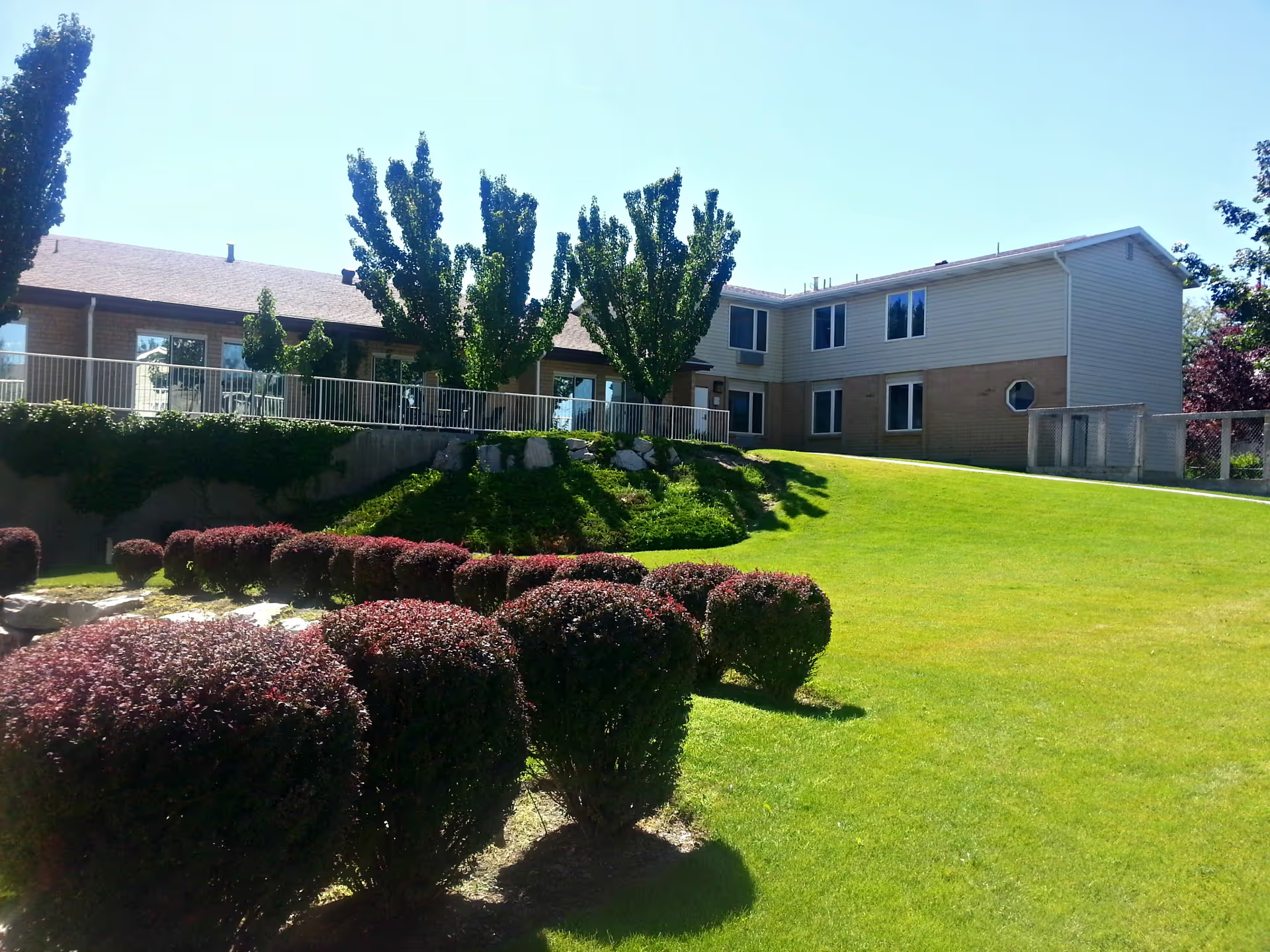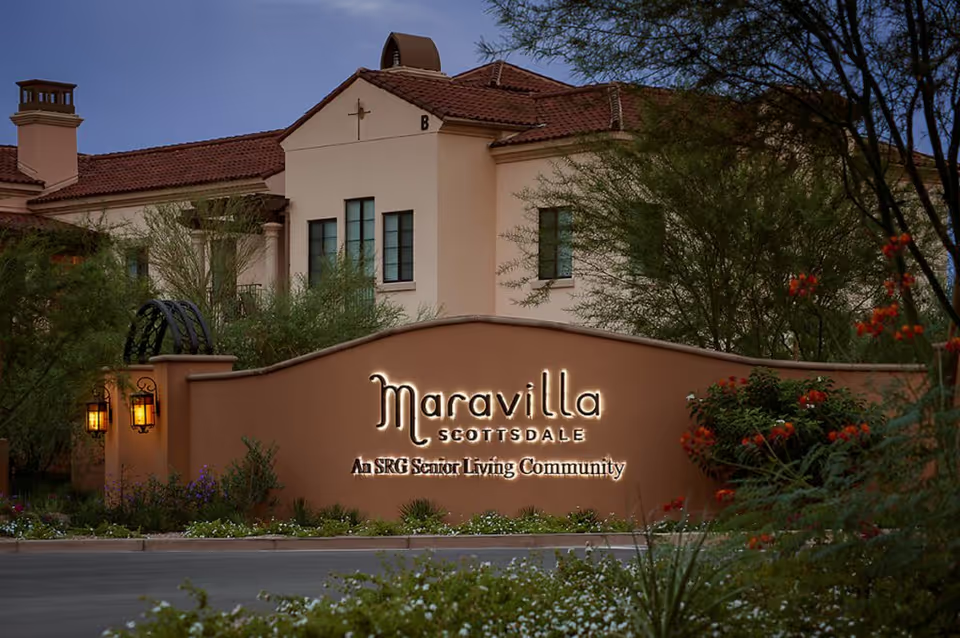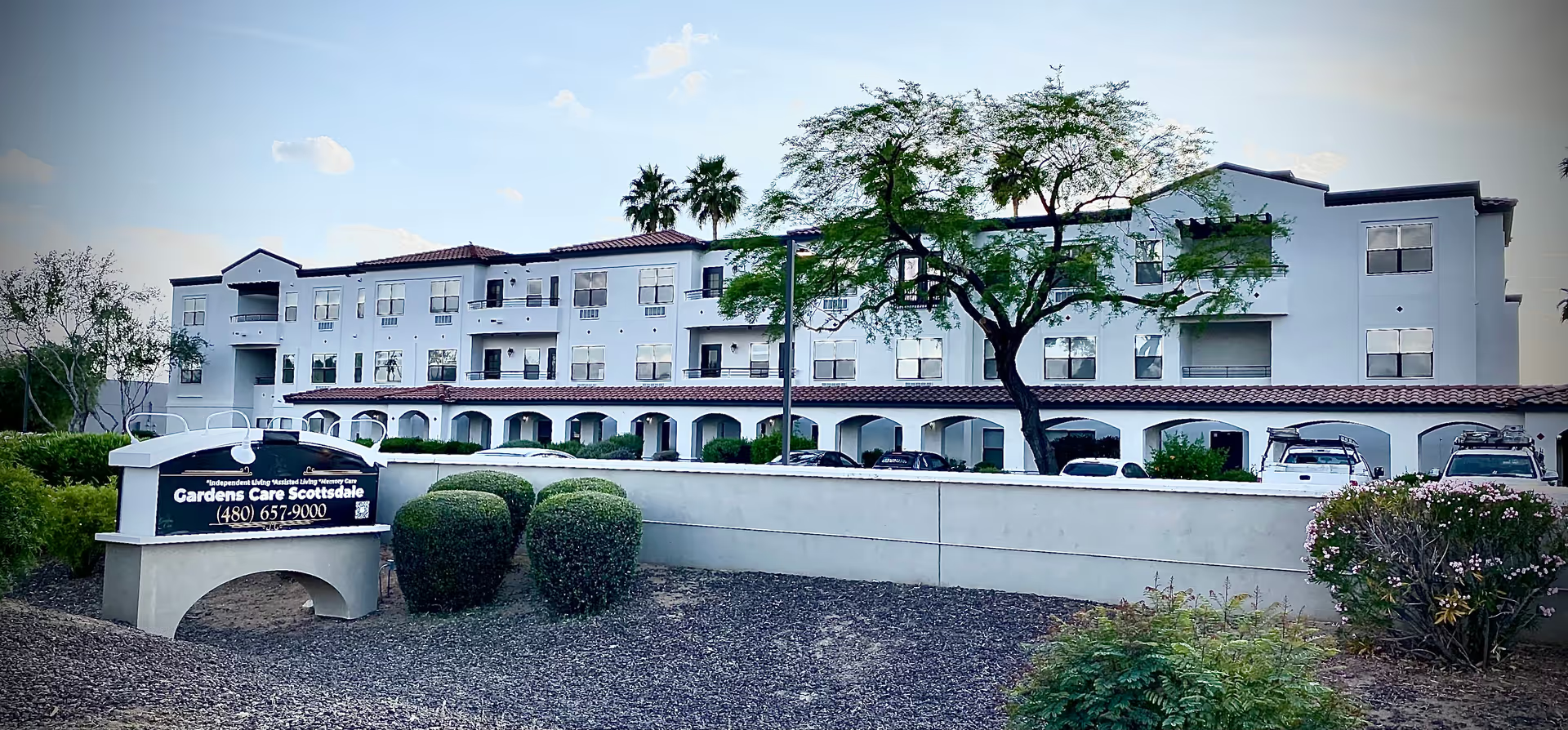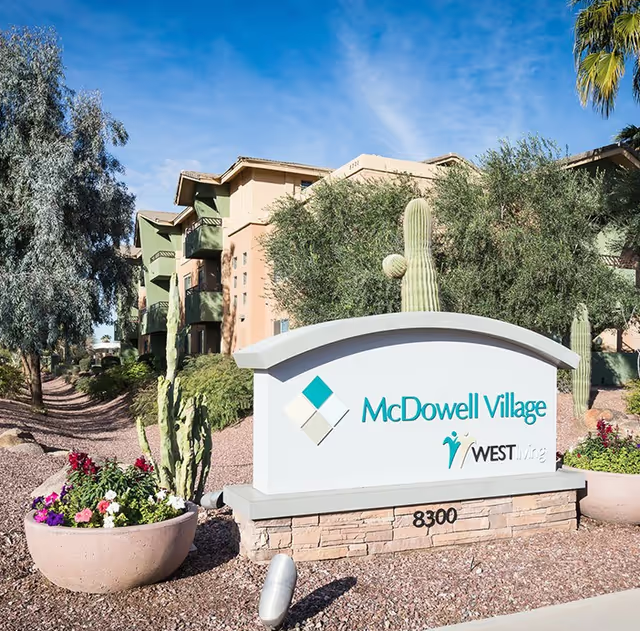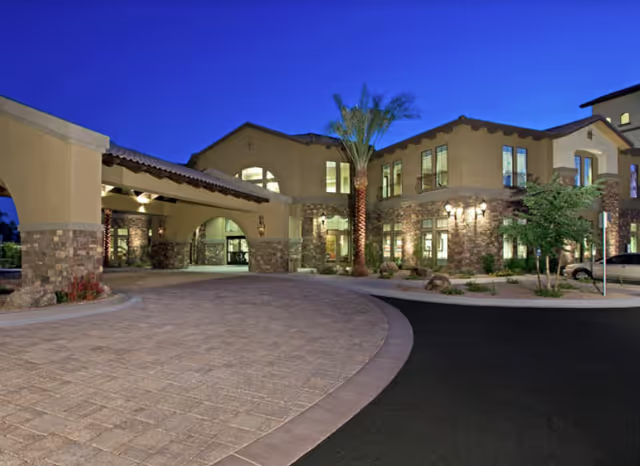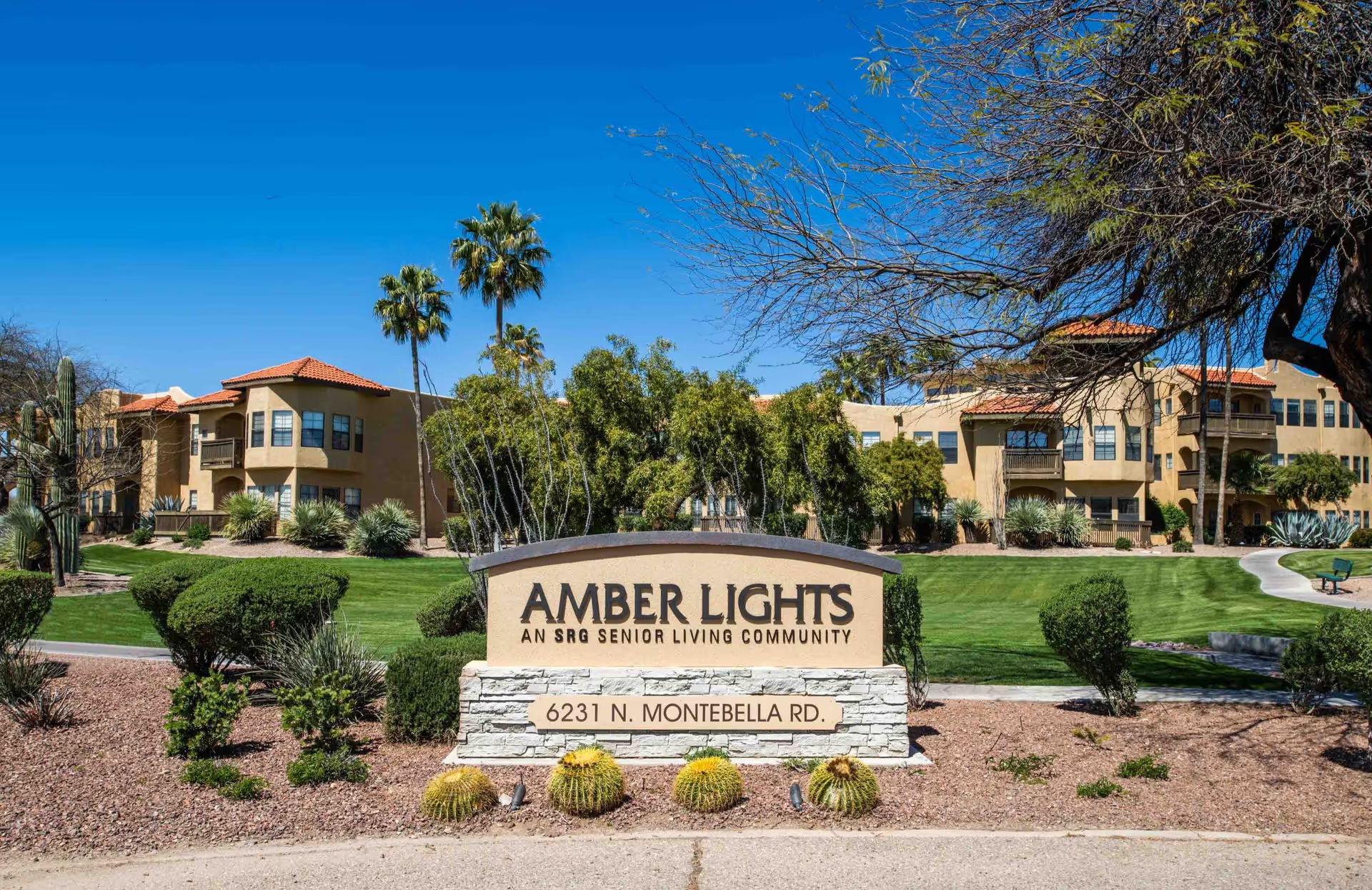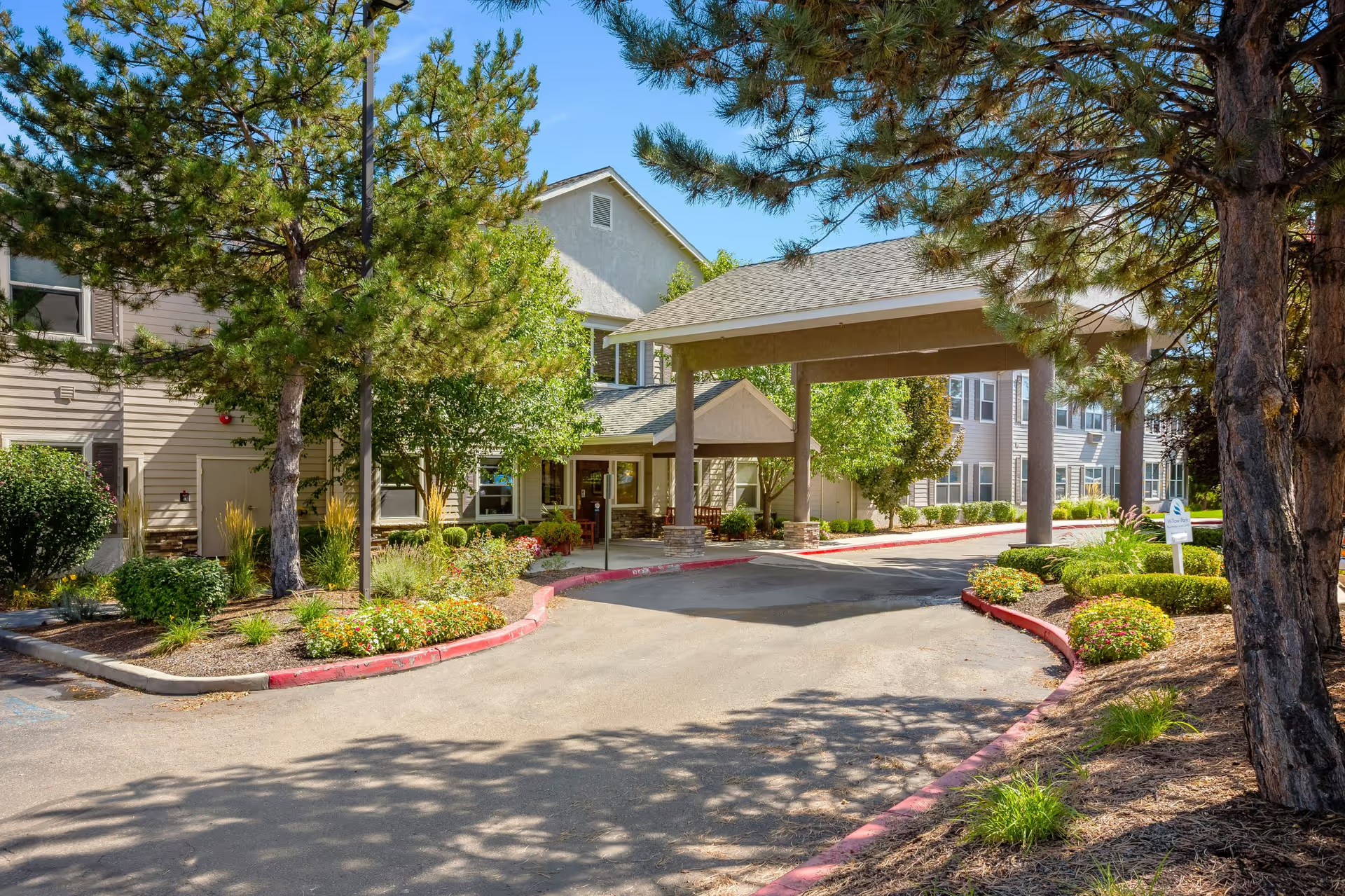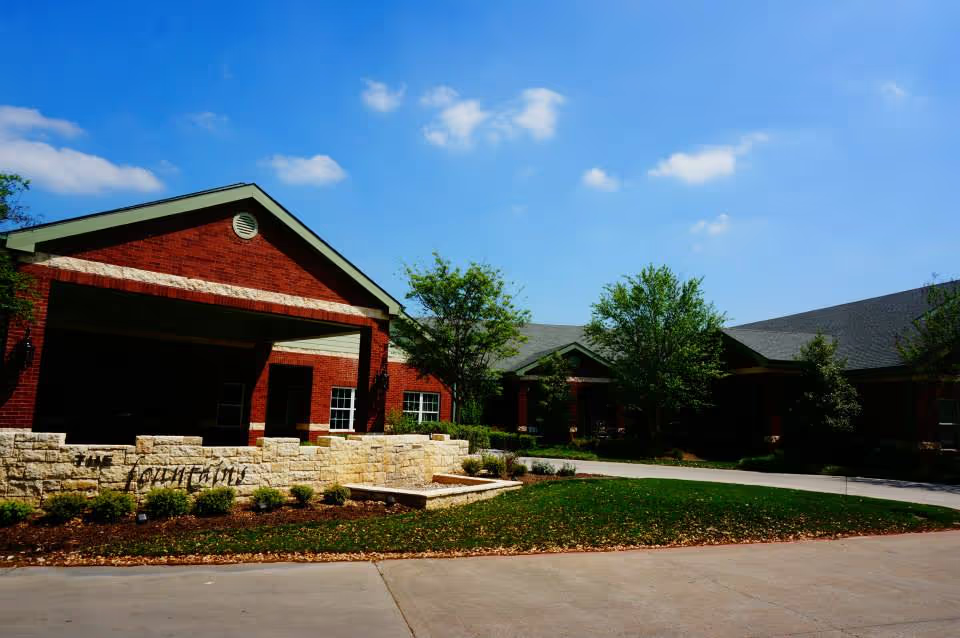The reviews of The Mary Sandoe House present a sharply divided and inconsistent picture, with a mix of strongly positive experiences and serious negative allegations. Several reviewers praise the facility for compassionate, kind staff, a cozy small-community feel, active programming, and very good food; these accounts describe clean facilities, good management, and recommend the facility. Conversely, other reviewers report critical problems including poor responsiveness from staff, verbal abuse or bullying of residents, and a generally unwelcoming or even traumatic atmosphere. This split suggests highly variable experiences among residents and families.
Care quality and staffing emerge as the central, most contentious themes. Positive accounts describe extremely kind staff and compassionate care, implying dependable attention and responsiveness. Negative accounts, however, allege lack of personal care, medication errors (incorrect medications administered), and poor management and organization—issues that directly affect resident safety. Several reviews specifically mention medication mistakes and incorrect dosing, which are serious clinical concerns. Multiple reviewers also reported piles of trash and dirty laundry, rooms not being cleaned, and overall declines in personal care—indicating lapses in routine care and housekeeping in some instances.
Staff behavior and management practices show wide variation in perception. Some reviewers credit management as being good and staff as great, while others accuse staff of bullying and berating residents and suggest that staff behavior is influenced or directed by the director. These contradictory reports point to potential inconsistency in staff conduct or differences in individual staff members or shifts. The mention of director-influenced staff behavior and poor organizational oversight in negative reviews raises concerns about leadership and workplace culture affecting resident experience.
Facilities, dining, and activities also receive mixed feedback. On the positive side, reviewers highlight a clean, cozy environment, an active community room with many activities, and exceptional food—factors that contribute positively to resident quality of life. One oft-repeated positive detail is the scenic view of the Flatirons. In stark contrast, other reviewers recount traumatic dining experiences and describe unclean rooms and common areas, including visible trash and dirty laundry. These contradictory statements suggest inconsistent housekeeping and dining service standards or variability over time or between different parts of the facility.
A significant contextual theme is the facility's operational instability. Reviews note that the facility went through a transition and was closed in 2022, with the property later leased by Boulder Shelter for the Homeless under a nominal one-year lease option; the ultimate outcome was unclear in the summaries provided. Staffing challenges were mentioned alongside this transition. The closure/lease information and staffing instability may help explain some of the variability in reviews—facilities in transition often experience staffing turnover, changes in management, and lapses in maintenance and care routines—but the reviews themselves do not establish a causal timeline.
Overall, the pattern is one of polarized experiences: some residents and families report excellent, compassionate care, strong activities programming, and a pleasant small-facility atmosphere, while others report serious and actionable problems such as medication errors, cleanliness issues, lack of personal care, and abusive staff behavior. The recurring, severe concerns (medication mistakes, verbal abuse, lack of basic hygiene and housekeeping) represent important red flags that deserve verification. Prospective residents or families should treat the positive testimonials with equal weight but pay close attention to the negative reports because they concern safety and dignity. Given the noted facility closure and uncertain lease/status, it would be prudent to confirm the current operational status, management, staffing levels, medication administration protocols, and housekeeping standards directly with the facility or governing authority before making decisions.
